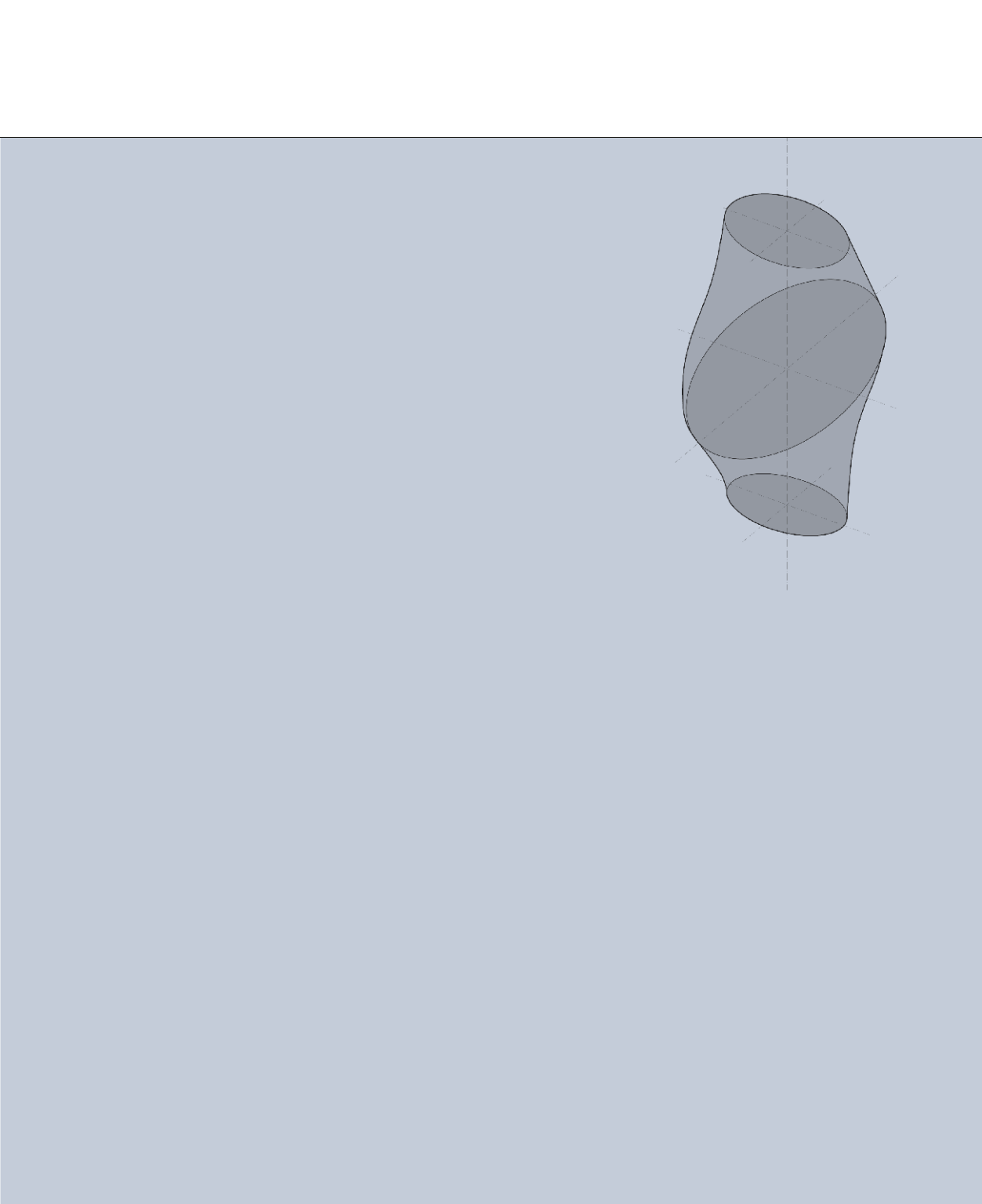
42
EUROPA
dimensions of the rooms it accommodates.
From bottom to top, the following can be
distinguished:
–
Ground floor:
canteen directly adjoining
the atrium.
–
First floor:
press briefing room.
–
From 3rd to 8th floor:
three large
conference rooms with their interpretation
booths.
–
From 9th to 11th floor:
rooms and
lounges for official meals and other
ceremonies.
All the large conference rooms span two
floors, due to the need for a large number of
interpretation booths in each room
(30 or more).
The historic L-shaped building
accommodates office functions, which
for the most part consists of rooms for
delegations from EU Member States in the
south wing
10
; and rooms for services for the
secretariat-general of the Council in the
west wing. The upper floors (10 and 11) of
this L-shaped building are planned for the
Institution’s leaders, i.e., the president of the
European Council, the high representative
of the Union for foreign policy
11
, the
(rotating) presidencies of the various
Council groups, the secretary-general of
the European Council and of the Council
of the European Union, as well as their
close collaborators. On the lower floors,
the west wing accommodates logistics
functions (security, prevention, technical
management) and the south wing functions
linked to the press.
On the ground floor three entrances are
planned:
– At 155 Rue de la Loi, the building’s main
pedestrian entrance.
– At the back of the building, a special
entrance for the press (it is located directly
opposite Block C of the
Résidence Palace
complex in use by the International Press
Centre).
– Facing the
Justus Lipsius
building and
less visible from the road, the entrance for
personalities arriving in official cars.
After security check points, all these
entrances lead to several banks of lifts.
Access to the
Résidence Palace
is also
possible from the
Justus Lipsius
building
with which it is connected on three levels:
–
7th floor:
footbridge for delegates and
civil servants between conference rooms in
both buildings.
–
2nd floor:
footbridge primarily for the
press (the main working area for the press is
still in the
Justus Lipsius
building).
–
Second basement:
corridor for the delivery
of goods and for the evacuation of waste
through the discharge bay and the existing
storage rooms in the
Justus Lipsius
building.
Planning permission procedure
Planning and environmental permission
procedures took place at the same time as
the preliminary design and project stages.
In order to avoid difficulties with planning
permission, it was decided to work in two
steps: the first one to secure town planning
and environmental certificates; the second
one to secure planning and environmental
permission. It is the draft file, approved
by the Council on 4 May 2006, which was
used as the basis for the submission of
applications in view of securing said town
planning and environmental certificates.
Firstly the file was completed with the
documents necessary to establish an
impact assessment study, which would
be requested as part of the application for
certificates and permissions.
Following an invitation to tender organised
by the
Régie des Bâtiments
, the Agora
consultancy was appointed to carry out
the impact study. During said study and in
agreement with the contracting authority,
the Samyn-Valle-Happold team adapted
the restructuring project of the
Résidence
Palace
in order to improve its impact on the
environment. That is why, for example, a
microclimate study was conducted to assess
the impact of wind in the area around the
building and a number of amendments were
made. Similarly, it was decided to fit the
building with an “umbrella” of photovoltaic
panels as well as with a rainwater collection
tank
12
. The Agora consultancy submitted
its final impact report on 7 June 2007.
Subsequently, after completion of the
public survey, the town planning certificate
was issued on 14 November 2007 by
the Brussels-Capital Region, and the
environmental certificate was issued on
19 December 2007 by the Brussels Institute
for the Management of the Environment.
While the impact study was being
conducted, meetings were held with
representatives from the Royal Committee
on Monuments and Sites in order to
examine if the project could meet the
criteria it would impose as part of the
planning permission. In this context as
well, the Samyn-Valle-Happold team
incorporated changes into the project,
notably as regards the size and aspect
of the floors above the historic cornice.
It has to be specified that, as part of the
permission requests, it was necessary to
seek dispensations from the Federal Interior
Axonometric diagram of
the lantern’s geometry.
FROM RéSIDENCE PALACE TO EUROPA


